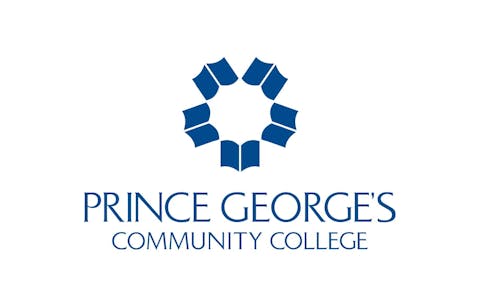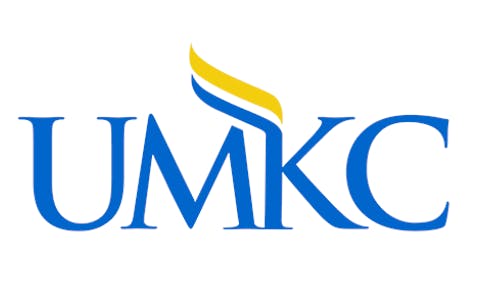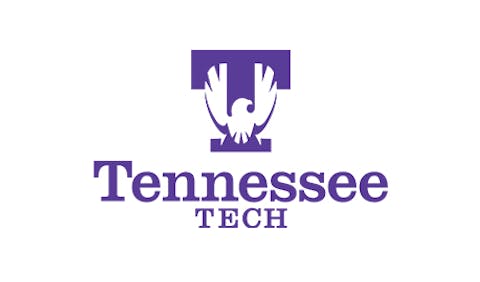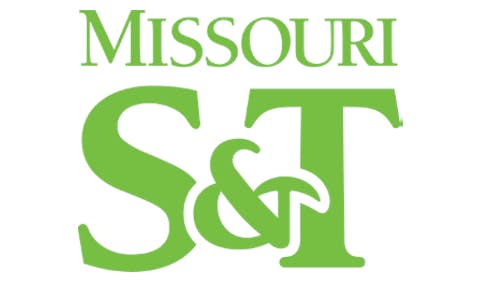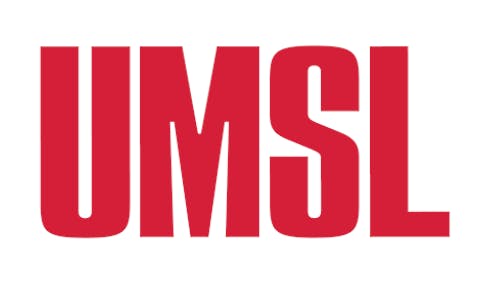On 13 November 2008, 14-year-old Jami Jetty of the Dakota tribe hanged herself from her bunk bed in her family’s home on the Spirit Lake Reservation in North Dakota.
Weeks after the funeral, when her mother, Cora Whiteman-Tiger, returned to work as an executive assistant for the tribal council, she found a flier on her desk from Wiconi Ohitika, the suicide prevention program at Cankdeska Cikana Community College’s suicide prevention program. The flier was an invitation to a “Wiping of the Tears” ceremony and sweat lodge for those who have lost loved ones to suicide.
“I was standing there (at the ceremony) with an open wound,” she recalls. Through the community ceremony, she says, she received messages of comfort and hope from her daughter.
“She told me I should let others know that suicide is not the way to go; it’s really scary. She said the lost spirits of those who committed suicide wander around crying and that we should pray for them,” Whiteman-Tiger says.
With the help of Wiconi Ohitika, which means “Strong Life” in the Dakota language, Whiteman-Tiger has taken Jami’s message to the community through prayer circles, public service announcements and youth dances.
Whiteman-Tiger’s experience exemplifies the successful elements of an American Indian suicide prevention program. Connection with community and her culture empowered her to speak out about suicide and has led to a healing experience for her and the community at large.
The Wiconi Ohitika project is one of several tribal college and mainstream university efforts to address the high rates of suicide among American Indians. According to the U.S. Centers for Disease Control and Prevention, the suicide rate for American Indians and Alaska natives is more than twice the national average for other ethnic groups. It is the second-leading cause of death behind unintentional injuries and accidents for Indian youths aged 15 to 24.










